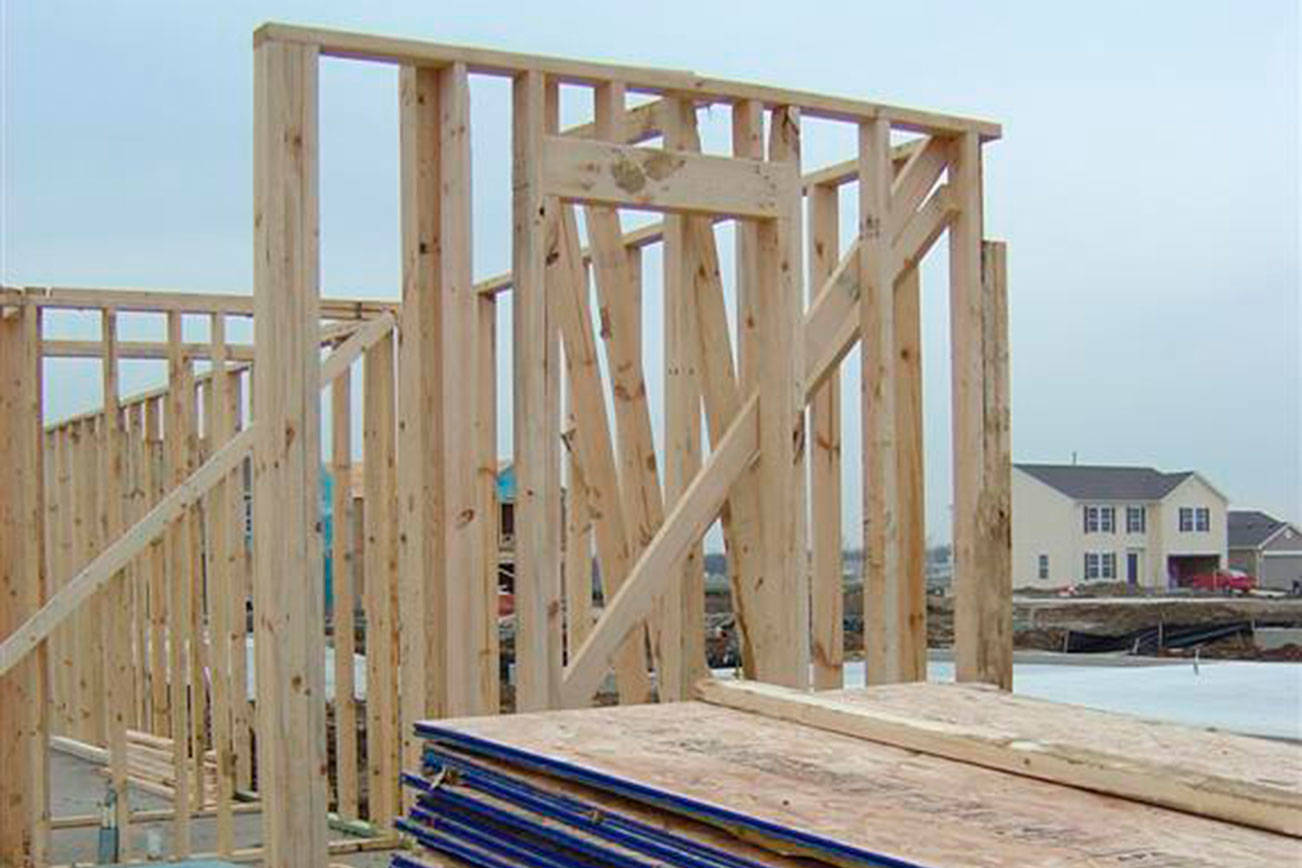City leaders are talking about shaping a package of economic development incentives and deciding which among a city’s objectives should be incentivized.
They may choose to say certain incentives should apply to this or that geographic area.
They may identify a broader public objective, and incentivize that.
Or they may call out uses and activities that will provide the city with a higher financial return over the long run.
They will be busy.
Which is why on Monday evening at City Hall, the Auburn City Council took its first bite of the complicated task.
In recent months, Auburn’s community development staff members have been talking with economic development staff, evaluating the range of incentives the City offers today, while studying several surrounding jurisdictions to understand the spectrum of incentives they offer.
As Jeff Tate, interim community development director for the City of Auburn, advised council members, while they’re putting together an incentive package that advances the city’s long term social and financial objectives, they may consider land-use policy and zoning to determine whether different varieties of incentives would be a good fit for Auburn.
And council members will need to satisfy a number of questions: “Are incentives filling a societal need or priorities … affordable housing, low-income housing, diversity objectives, those are community-wide objectives that could be achieved in any part of the city, in any zoning designation,” Tate said. “Is (the incentive) establishing a community asset, some kind of open space or community space goal, like a downtown gathering place?”
And in terms of long-term revenue, Tate said, the question is “will something generate sales tax revenue, will it generate or promote family-wage jobs? That’s where you start looking at being intentional within certain zoning designations with how you incentivize activity in those areas.”
Also, does the city already offer a competitive package of development incentives? Are there other types of incentives worth looking into and talking about, like local business retention and recruitment? Are there incentives out there that draw in more consumers? Should incentives be strategic, focused on certain kinds of development, uses and businesses? Or do council members prefer financial incentives over intensity and density-bonus incentives?
Over the last 15-20 years, actions outside of Auburn’s control, like streamlined sales tax and caps on property tax increases, have cut revenues, making it harder and harder to establish sustainable, reliable revenue streams.
Tate said that 75 percent of Auburn’s 20,000 acres is zoned for residential, institutional and park uses, which tend to be net loss land-use designations in terms of revenue generated, while commercial and industrial zoning composes about 25 percent of the city or 5,000 acres. But that 25 percent does not account for development constraints; add wetlands and floodplains to the picture and you start chipping away at that 25 percent.
What one ends up with is about 20 percent of the land area that presents opportunity to make up the revenue loss experienced in other parts of the city.
“Looking at the term, affordable housing, we talk about this a lot,” said Councilmember Claude DaCorsi, noting that Mayor Backus talks more in terms of ‘attainable housing,’ that is, in range of one’s income. “Looking at how we would designate that, I would say we look at incentivizing developers who come in and build or redevelop … workforce housing … and allowing those developers to serve that part of the community.”
While there is not much commercially-zoned land left in Auburn, Tate said, what is there offers greater potential for establishing activities that can contribute to long term, sustainable and consistent revenue streams.
Tate recommended that council members:
• Focus incentives on development and business activity they believe have the greatest long-term, sustainable impact on the community;
• Tie incentives directly to an outcome they want to achieve;
• Recognize that desired outcomes in one part of the city may be different than desired outcomes in other areas;
• Understand that incentives do not always have to mean reduced financial contributions to the city; they can be value that is added to the property, which helps the customer realize a higher financial return;
• Recognize that some development activities and business activities yield a higher, long-term return to the city than others do.
And that, because of the property taxing structure in Washington state, it is difficult, if not impossible, for single-family residential development to pay for the services it demands over the long term.


